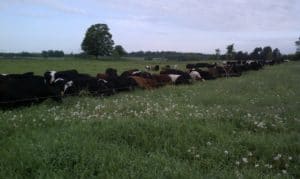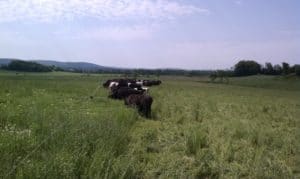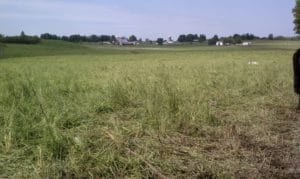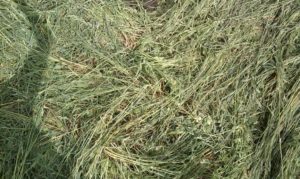Let the Cattle do the Work!
I’ve been studying human behavior and personal development for over ten years now. We as humans have the amazing ability to think. No other creature known to man has this ability. This is a blessing and a curse. Especially when ego steps in. We, and everything in the universe, seek expansion and fuller expression. It’s human nature, a natural law of the universe. Now, you are probably wondering where I’m going with this, and I have to tell you, I am too. Just kidding! I think.
If you apply what I just wrote to anything we do or want to accomplish we tend to get in our own way because we let our ego step in. We as people, especially in our culture and in this day and age, think we are above nature and with the application of creativity and force can out-do her. This may be the case for the near future or even mid-term, but in the end nature has its own agenda. It will prevail. Carrying out our own agenda when not in line with nature is a lot of hard work, and most times is a constant battle. Just take a look at all the crop farmers in the heart of this country that had to deal with the drought this summer and last.
The solution and the end to the frustration and suffering is to observe what happens naturally and become part of the whole, working in sync and in symbiosis with nature. This is where high density planned grazing comes in. This form of grazing management will team up with what nature already does to repair herself and stay healthy. Planned Grazing is a component of Holistic Management. With it community dynamics in the soil are restored, maintained or increased in abundance. The water cycle is slowed down. Precipitation stays where it lands and is utilized rather than running off and taking the soil along as a partner. Since the biological community is active and pumping along the mineral break down and assimilation process is quickened.
This leads to an increased energy flow. More solar energy is converted into nutrient dense forage for cattle to become more healthy and gain weight quicker. This can all happen without too much human intervention. Even I feel that I should be doing more. It’s not about doing more. It’s all about the timing and density of cattle per acre. Grass land in general likes higher density for short periods of time. Soil likes herd effect and trampled residual forage. The greatest increases come not from what you take, but from what you leave behind. Once these principles are understood amazing things begin to happen at ever increasing speed and abundance.
If you have ever observed cattle grazing you will know that they can balance their own diet. They know that the bulk of the energy and nutrients are in the top of the plants. They only eat more if they are left too long in a paddock or don’t have enough in front of them and are allowed to back graze. All we have to do is to get the timing and density right, and they do all the work. No need for excessive hay making (or any at all depending on location) or clipping. The cattle are our best tool to manage grass land. I get credit for being a good steward, but all I do is watch cattle and move some fence around. I look for ways that the herd can do all aspects of soil regeneration, adding fertility, forage management, and seeding. You can accomplish all of these things without buying in any of them. This is what is so beautiful about this mode of management. It only has good byproducts. We don’t have to pay the workers. They pay us by converting the solar energy of forages to meat and milk. So it truly is a win-win. All things increase in this system. Soil is regenerated, increasing available nutrients for higher nutrient density in forages which boosts animal health and production. This adds to the bottom line with lower costs and higher profits. Side benefits include higher soil water capacity which helps in high precipitation areas by soaking up and storing more water in the soil, and in dry climates by retaining more moisture longer for quicker recoveries and higher forage volumes.
One of the keys that makes this system of grazing work so well is the high amount of residual forage. The goal is to leave 100% of the soil covered 100% of the time. By leaving 40-70% of the plant and allowing the cattle to trample it, this can be achieved. Most of the fertility to build the soil is coming from this plant material, not from what is coming out of the back end of the cow. As you graze in this fashion and continue to use it year after year, recovery periods for your forages go down and volumes and nutrient density go up. I have added one whole grazing cycle on my farm. You end up growing your farm vertically. Soil tilth and depth increases and you can add on more animals on the same acres without sacrificing health or production. You truly become one with the land. You can feel it expanding and growing stronger. It gives off a different energy and flow. You see it in the sward, and you see it in the animals. The cattle then in turn work harder for you. They get so well trained to the system and what they want and need that they will let you know when you are going off course or getting lazy.
Let things work on their own. Be patient. Watch the plants. Let them signal when the time is right. Don’t worry about making mistakes, it’s just feedback so you can make decisions and improve the next time. Grass and forages are very forgiving. Nature always wants to heal itself and expand.
We just have to let go and let it.





